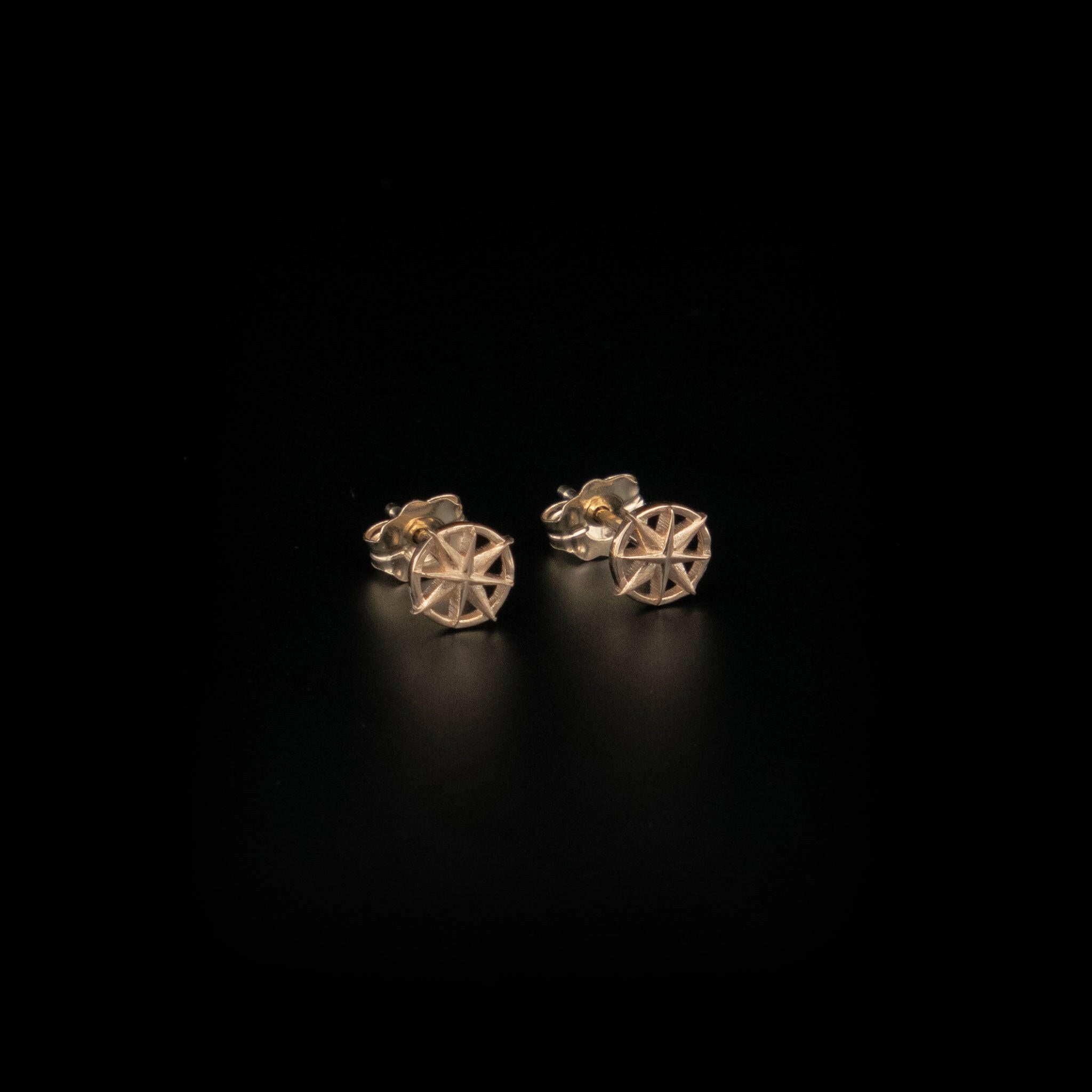The terms people use to talk about gold and gold colored jewelry can be a bit confusing. Here is a simple guide.
Karat
24 Karat gold is pure gold. Any other number such as 14K, with the “K” standing for karat, represents a gold alloy. An alloy is a mix of metals. The number refers to how many parts of the alloy are gold out of 24. So 14K gold is 14 parts gold and 10 parts other metals. Those other metals determine the color of the final alloy. To get white gold the other parts consist largely of nickel or palladium. Rose gold has more copper. But all 14K golds, no matter what color they are, have the same amount of gold in them- 14 out of 24 parts which is around 58% gold. 18K gold is 18 out of 24 parts gold or 75% gold. Up until 2018, 10K was the lowest karat allowed for sale in the US that could be called “gold”, but the FTC changed the rules and now metals with only 1 part out of 24 can be called gold. Be wary as these new alloys come on the market. Something that is 1K gold is only 4% gold and the other 96% can be any metal.
Solid Gold
If something is “solid” it can be any karat of gold, but it is that karat all the way through. All of my gold pieces are solid 14K or 18K. This refers only to gold content not the design of the piece. Manufacturers can make lightweight or hollow pieces that are still “solid gold”.
Gold Plated
Something that is gold plated has a thin layer of gold coating the entire piece. Pieces can be made of any metal, such as copper or brass, and be coated in gold. Gold plating can be any karat, and some makers will specify by saying something like “18K gold plated”. Plating can look great but wears fairly quickly. The plating on items like earrings will last much longer than plating on rings or bracelets which get more wear and tear.
Gold Filled
Items that are gold filled have a thicker layer of gold over another metal. You will often see “1/20 14K GF” or a similar stamp on these pieces noting that they are 1/20th gold. Gold filled tends to last longer than gold plated, but should still be treated with some care.
Gold Vermeil
Vermeil refers to a gold plating over sterling silver. These pieces are usually more expensive than something that is just “gold plated” because silver is a more expensive metal than brass or other base metals used with “gold plated” pieces.
Gold Colored
This means literally fuck all. My “gold colored” crayon can have the same amount of gold as a “gold colored” necklace. If the piece is a fun costume piece that you don’t plan on wearing a lot, there is nothing wrong with gold colored jewelry, but it usually has no gold in it.
In summary, there is nothing wrong with buying a plated, filled, or colored piece, but you should know what you are buying. If you buy a gold plated necklace, the plating will wear off, and most jewelers do not replace gold plating. If you are looking to purchase a lasting piece that you can wear regularly, spring for something that is solid gold. Solid gold pieces are also not going to turn your skin green and are less likely to cause metal allergies. Plated and filled pieces are also harder to repair. Solid gold pieces can almost always be fixed if they break. And while you would think that the composition of the piece determines the price, it doesn’t always. I’ve had many customers come to me with broken and impossible to fix gold plated pieces that cost them hundreds of dollars because they were from a designer brand. Just because something is expensive doesn’t mean that it is quality. Often you are just paying for a designer name. Shop wisely and have reasonable expectations when you buy pieces that are gold plated.
-Ilah ♥






Leave a comment
This site is protected by hCaptcha and the hCaptcha Privacy Policy and Terms of Service apply.